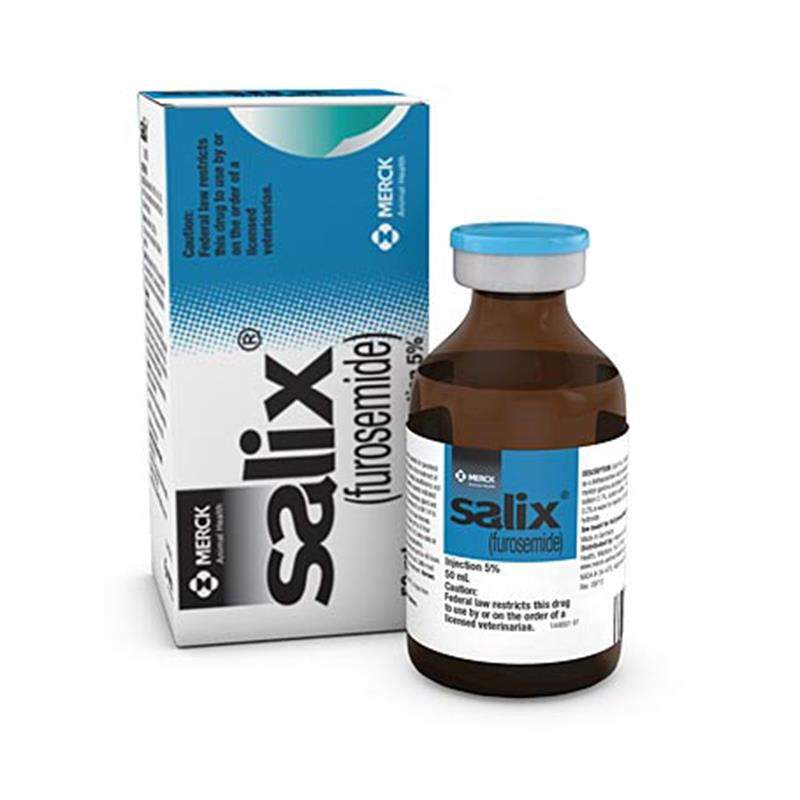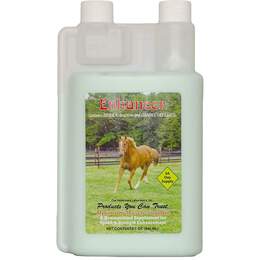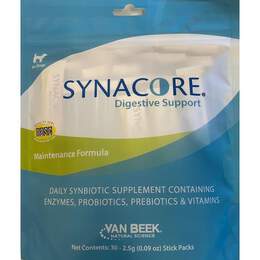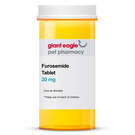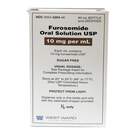Click on image to open expanded view
Item No.
25409
Product Description
Salix Injectable is a diuretic that can be used for a variety of medical conditions. It acts by encouraging the fast removal of improperly retained extracellular fluid. This medication's edema-inducing pathophysiology supports its use as a diuretic.
Who is Salix Injectable (50 mg/ml) 50 ml vial for?
Dogs, cats, horses, and cattle.
Why use Salix Injectable (50 mg/ml) 50 ml vial?
Salix is a saluretic and diuretic that relieves edema quickly. The highly effective, fast-acting compound has a short comparative duration, a high therapeutic index, and minimal intrinsic toxicity.
How does Salix Injectable (50 mg/ml) 50 ml vial work?
The therapeutic efficacy of Salix is attributable to the nephron's action of the entire, unmodified molecule. The ascending Henle loop, as well as the distal and proximal tubules, work together to prevent reabsorption of sodium.
Manufacturer:
Merck Animal Health.
Active Ingredients(s):
Furosemide
How is Salix Injectable (50 mg/ml) 50 ml vial sold?
50 mg/ml, 50 ml vial
What are the side effects of Salix Injectable (50 mg/ml) 50 ml vial?
Potential side effects include: Hearing loss (especially in cats who have received a large dose in an emergency situation) Increased levels of blood sugar (not a common issue for most animals, but some diabetic patients might need to be treated with an alternative diuretic) Increased urination Increased thirst
What special precautions are there?
Care should be used when using enteric-coated potassium pills. When giving this drug to animals on a potassium-depleting steroid, use caution. Digitalis poisoning can occur when animals on glycosides or digitalis lose too much potassium. This drug works as a diuretic and is quite effective. Excessive dosage of any diuretic might result in excessive diuresis. Dehydration, electrolyte imbalance, or a reduction in plasma volume are all possible outcomes of this disease. This raises the danger of embolism, thrombosis, or circulatory collapse in the animal. Animals should be regularly examined for early signs of fluid depletion or electrolyte imbalance because of these risks. If you observe any warning signals, take immediate action. Potassium insufficiency should be treated with supplementation. When giving this product, use care.
What to do if overdose?
If overdose occurs, please contact your local pet hospital or emergency pet clinic immediately.
How can I store Salix Injectable (50 mg/ml) 50 ml vial?
Keep in a cool and dry place and be sure to not freeze this product.
Overview
Administer 1/2 to 1 scored tablet (50mg) per 25 pounds of weight or one 12.5mg per 5 to 10 pounds of weight once or twice daily to dogs and cats. Between treatments, wait 6 to 8 hours. If the patient is significantly edematous or resistant to treatment, the dose might be increased or doubled by 1mg per pound of weight. In horses, provide a dosage of 5mL to 10mL intramuscularly or intravenously once or twice per day, with a 6-to-8-hour gap between treatments until desired effects are reached. Dosage might be changed if the patient is resistant or edematous. Never give to a horse that will be slaughtered for food. In cattle, inject 10mL intramuscularly or intravenously once day or 5mL twice daily 12 hours apart for parenteral administration. Do not wait more than 48 hours after giving birth. Milk from treated animals should not be consumed for four milkings (48 hours) after the final treatment. Within 48 hours following the last treatment, do not butcher livestock for food. In dogs and cats, inject 0.25mL to 0.5mL per 10 pounds of body weight intramuscularly or intravenously for parenteral delivery. Allow a 6-to-8-hour delay between treatments when administering once to twice a day. If the patient is significantly edematous or resistant to treatment, the dose might be doubled or increased by 1mg per pound of body weight. To avoid edema recurrence, discontinue diuretic medication after edema reduction or continue it after agreeing on a well calculated dose plan. In the long run, the dose may normally be decreased until the edema subsides. An intermittent daily dose plan may be the safest and most efficient way to mobilize edema (such as every other day or 2 to 4 days in a row each week). For the convenience of the veterinarian or the customer, daily administration regimens can be changed to regulate micturition. The dose might be doubled or increased by 1mg per pound of body weight if the patient is recalcitrant or highly edematous. Each day, the new effective dose should be given once or twice. Depending on how your pet reacts, your veterinarian may change the dose. The initial therapy usually results in prompt diuresis. Parenteral administration can start diuresis and oral administration can keep it going. Salix dose ranges from 1 to 2 milligrams per pound of body weight. Cats should be given lower dosages. Give once to twice a day, 6 to 8 hours apart, orally, intramuscularly, or intravenously.
Main Ingredients
Salix® (furosemide) Injection 5% Each mL contains: 50 mg furosemide as a diethanolamine salt preserved and stabilized with myristyl-gamma-picolinium chloride 0.02% EDTA sodium 0.1% Sodium sulfite 0.1% with sodium chloride 0.2% in distilled water pH adjusted with sodium hydroxide.



